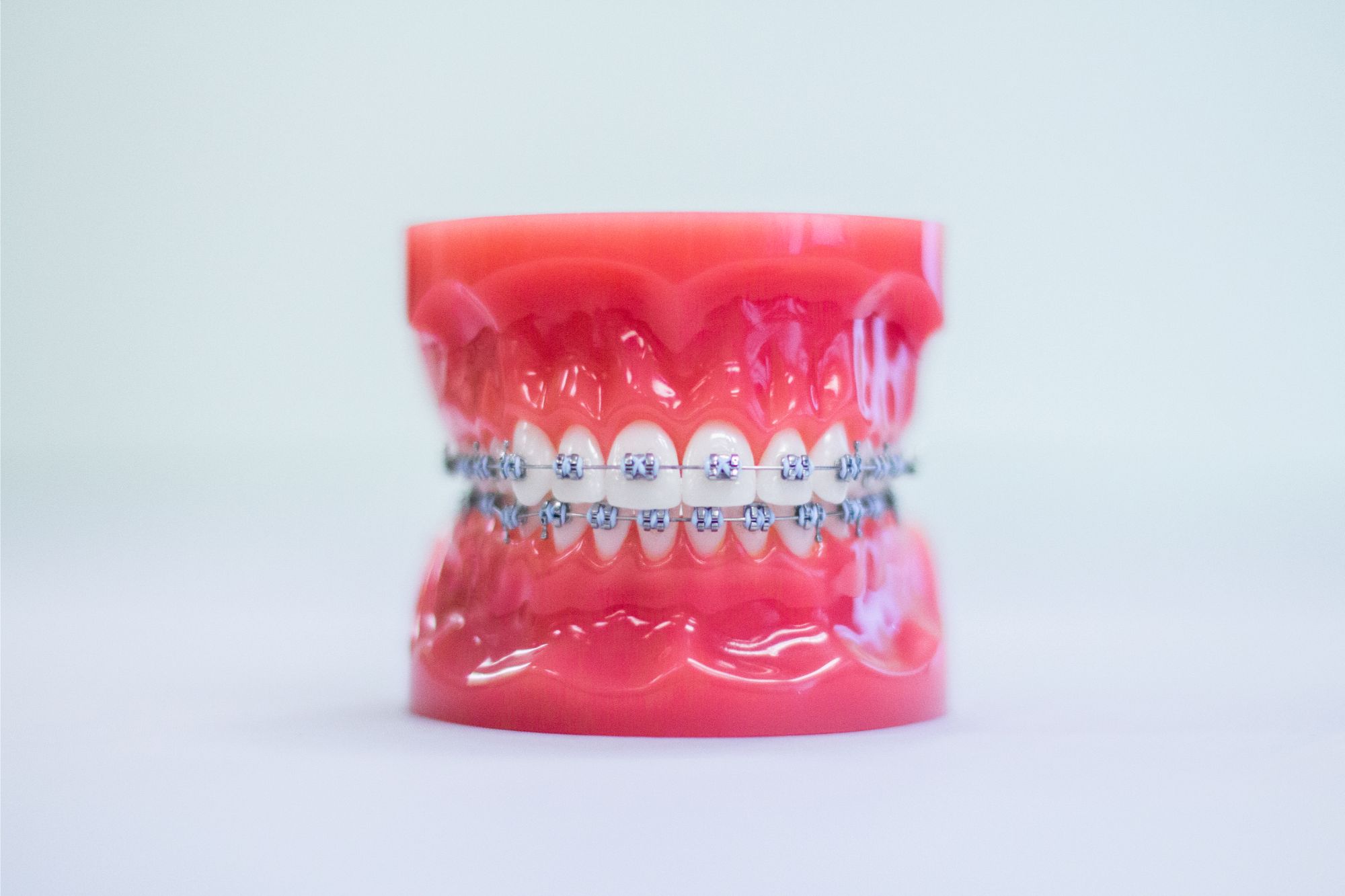An orthodontist uses a variety of techniques and tools to correct irregularities of the teeth, jaws and lips. When teeth need to be moved so they are better aligned, the dental professional may need to use braces for treatment. However, before the braces can be added, the orthodontist will need to use spacers and rubber bands to ensure that the installation will be done properly. While spacers are usually placed about one week before the braces are installed, rubber bands for braces will be placed with the braces. Both serve specific purposes in correcting irregularities and improving the smile of the patient.
The difference between spacers and rubber bands
Spacers, also known as orthodontic separators, are special rubber bands or metal devices used by orthodontists. Before braces are installed, the dental expert will need to make sure that the spaces between the molars are widened. When space is created between teeth that are too close together, it allows room for the braces to be cemented firmly. The spacers will usually have a diameter of about one centimeter and will be left in place until the teeth have moved apart enough to allow for proper installation of braces.
As the name suggests, rubber bands for braces are elastic bands that are installed together with braces. The orthodontist will connect these elastic bands to the brackets of your braces using hooks. The rubber bands are placed in such a way that they connect the bracket on one of the top teeth with the bracket on one of the teeth on the bottom jaw. It is advisable to remove the orthodontic rubber bands whenever you want to clean your teeth and brackets.
The role of spacers in orthodontic work
Just as the name suggests, spacers are used by orthodontists to create space between certain molars before braces are installed to align teeth. The spacers are usually placed during an appointment with the dentist a few weeks before the braces are fixed.
Most patients have complained of pain when they received their orthodontic spacers. As the devices force the teeth to move in an effort to create space, the nerves below the patient’s gum are bound to be irritated. In rare cases, the spacers may cause some bleeding. Once the teeth have moved, the orthodontist will remove these spacers before installing braces. However, there are times when the expert will recommend that you use spacers while wearing braces. While the spacers placed between teeth before braces are installed will be made of rubber, those that stay while you wear braces are made of metal.
The role of rubber bands in orthodontic work
Even as the orthodontist offers treatment to correct dental irregularities, he will also be working to improve teeth function and enhance your smile. Rubber bands for braces are meant to provide the connective force needed to move teeth and jaws to the correct position. By adjusting the position of the jaws, the bands allow you to bite properly. In children, the rubber bands serve the purpose of aligning teeth properly.
The elastics can be customized for specific patients so they stretch on tiny loops around both the top and bottom brackets. Apart from helping in improving the biting function of teeth, the elastic bands apply gentle but steady pressure that helps to align teeth.
At Hunter Family Orthodontics, our qualified dental experts use spacers, braces and rubber bands as key parts of orthodontic treatment. This guarantees quality dental care and treatment.

